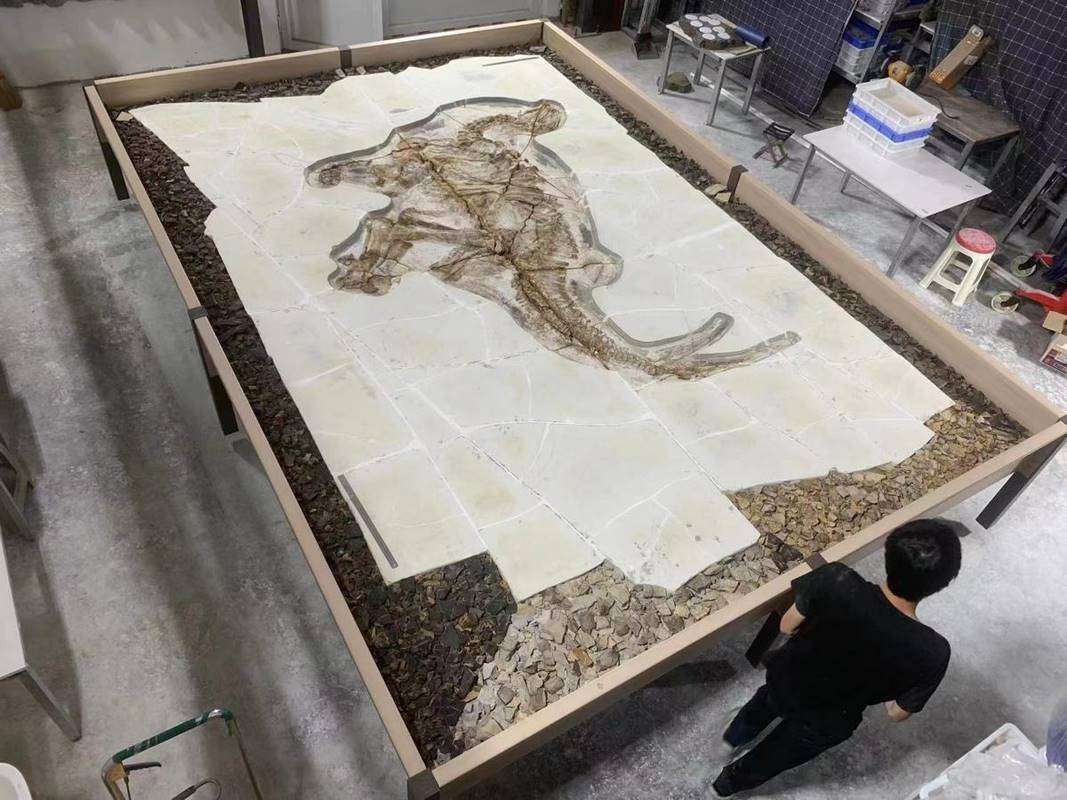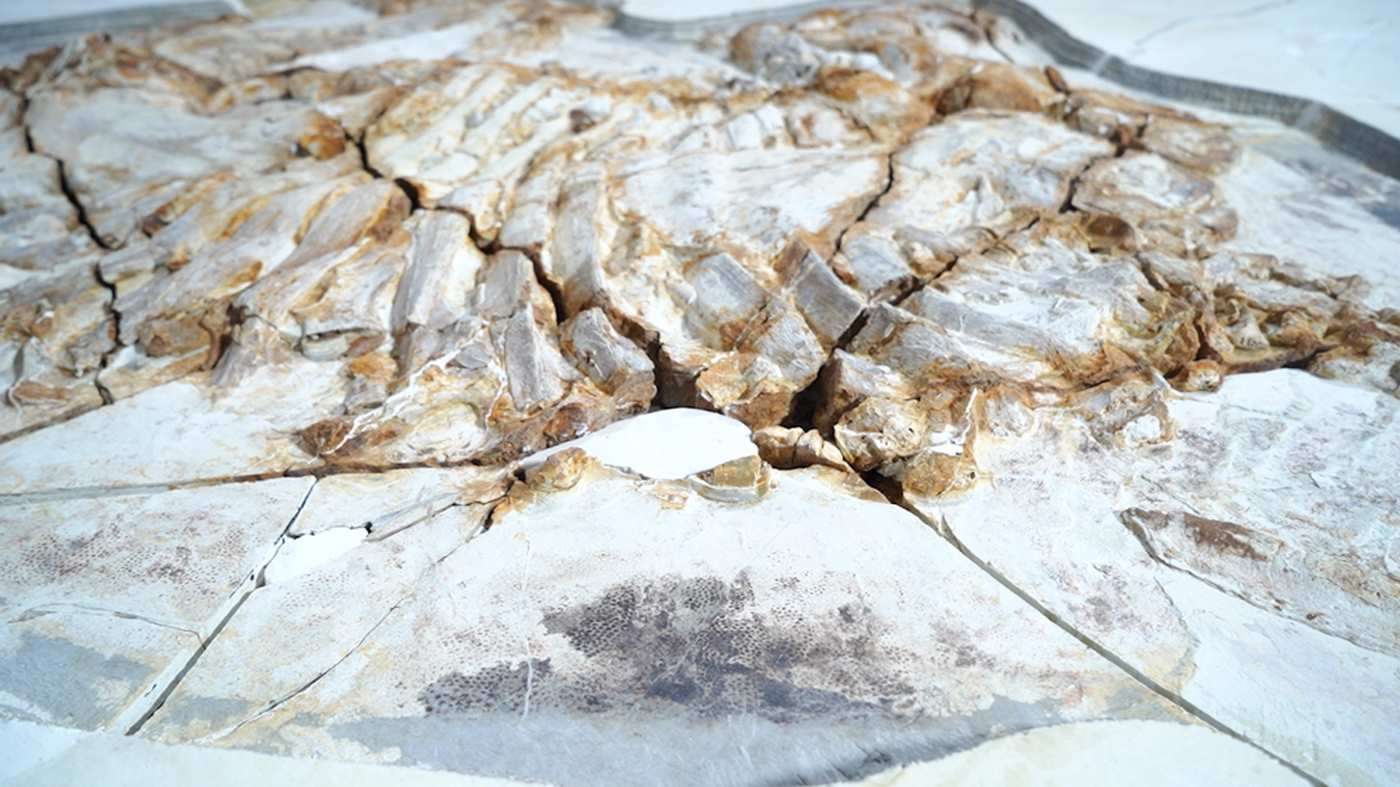Quiet New 'Concorde' Could Fly from New York to London in 1.5 Hours - It's a Step Closer to Take-off
NASA reported in August they have identified potential passenger markets in about fifty established inter-city routes.

One of the great dinosaur centers on Earth has produced another marvel, as a complete Stegosaurus skeleton with fossilized skin imprints has been unearthed in China.
The animal was discovered in 2017 in the Fengning Manchu Autonomous County in Northern China's Hebei Province along with a primitive ancestor of Triceratops. Years of painstaking excavations revealed their nearly complete skeletons.
The Stegosaur measures 5 meters in length, or around 15 feet, and is so well preserved that a mineralization of its skin was created alongside its bones.
"The hard parts, such as bones and teeth of dinosaurs, are relatively easy to form fossils, but the soft parts, such as skin and muscle, are easy to rot, and the conditions for forming fossils are extremely harsh," explained Zhang Fucheng, a professor at the Institute of Geology and Paleontology of Linyi University who also leads the research team.
Gou Ying, an associate professor at the institute, said that their paper on the discovery details that the skin of the Stegosaur was scaley, and that this helped lock moisture in its body allowing it to adapt and survive in dry climates much the same as today's squamates like lizards and snakes.
The climate of Hebei at the time of the mid-Cretaceous was favorable to life, and rich forests with riverine ecosystems dominated the area which today is mostly grassland.

As is often the case with well-fossilized dinosaurs, remarkably serendipitous events marked its demise. It was probably drinking at the side of a lake or a river when it died. Then some force shifted its body from the exposed land into the deeper water, after which a nearby volcano seems to have erupted and buried the dino and the body of water in layer after layer of ash.
Dating back to the Cretaceous period to around 130 million years ago, it's the first Stegosaurus discovered in Northern China, while the primitive triceratops ancestor will help fill gaps in the fossil record of China's ceratopsids.
"The well-preserved bones of this specimen will provide important evidence for further study of the evolution of the primitive ceratopsid dinosaurs," Zhang further noted.
SHARE This Awesome Discovery With Your Friends…
Be the first to comment